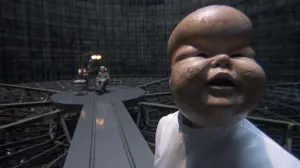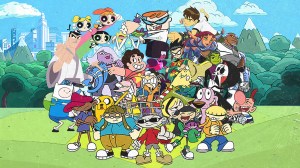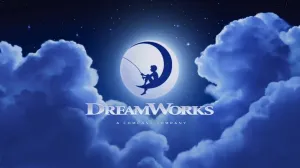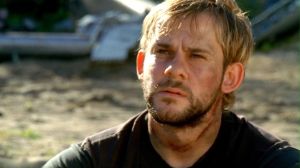As eager fans have seen in each new trailer and image for The Batman, director Matt Reeves is outdoing himself with the visuals for the new DC Comics movie. Stunning shots of Gotham City’s skyline are followed by sequences of a Batmobile launching through flames in a chaotic car chase, with both and everything in between serving as visual feasts. As it turns out, Reeves had opportunities to use VFX filmmaking technology on The Batman which he had not worked with before while also including an impressive amount of practical, in-camera elements.
Videos by ComicBook.com
In 2010, Reeves worked with cinematographer Greig Fraser on Let Me In. The horror film was a great experience for the pair but would be the last time schedules aligned to have them collaborate. “I’ve been wanting to work with him ever since,” Reeves tells ComicBook.com. “And we had our schedules just didn’t align. And then on this film, it finally did again.”
In the time since Let Me In, Reeves went on to helm two Planet of the Apes movies. Meanwhile, Fraser’s resumé added several titles, ranging from Zero Dark Thirty to Dune. The titles which are noteworthy going into the The Batman, though, are Rogue One: A Star Wars Story and The Mandalorian. Those two Star Wars properties are where Fraser and other filmmakers implemented a new technology referred to as The Volume. The Volume is a floor to ceiling screen which provides a virtual background on set, eliminating the need for imagination from actors but also killing blue and green screens in filmmaking and VFX processes.
“I was really thrilled because I love him and he had through Rogue One and The Mandalorian started using that Volume,” Reeves explains. “And we started saying, he’d used it for a very, very different kind of landscape, the idea like when you’re on the planet scape and you’re out in a kind of desert vista that of thing. And so we started talking about the idea, ‘Well, gee could we do something?’ We talked to ILM, ‘Could we with our amazing production designer, James Chinlund design our own Gotham? And then in certain environments bring that and have it around our actors so that we could not only have it there for the actors, but it would be the source of the light.’”
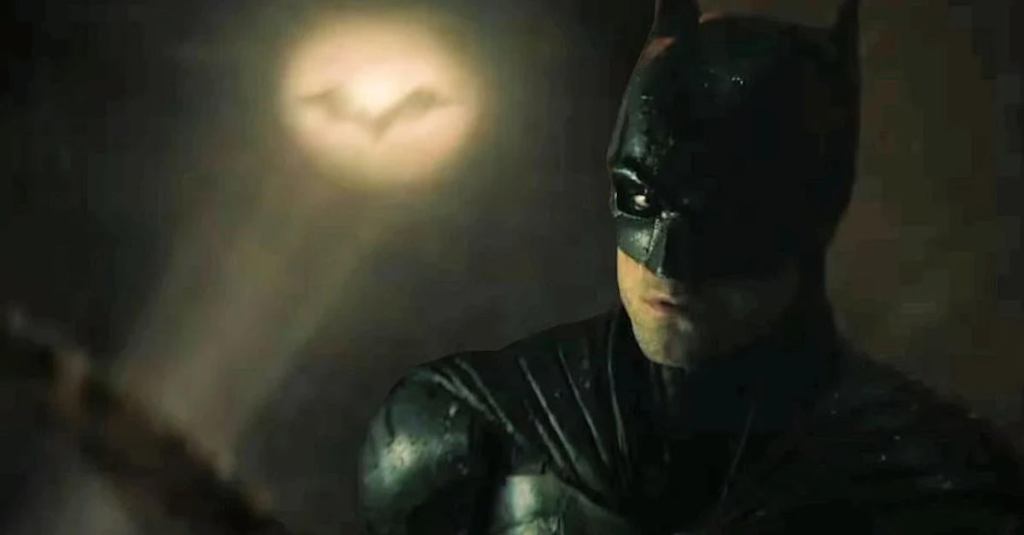
From there, the pieces fell into place as Reeves and company learned to take advantage of what this Volume technology was offering them through various stages of the production. “There’s almost always that moment where you’re doing the blue screen scene, and trying to get that light so that it comes off of that space that doesn’t yet exist in such a way that you believe that what you’re seeing in the foreground is connected to what you’re seeing in the distance,” Reeves says. “Greg and I talked about how much we hated that and how hard it is to try and do that. So, on [The Batman] we were able to do is James was able to design with ILM, a very extensive Gotham.”
“I saw a version of where that Bat Signal would be sort of living,” Reeves goes on. “So, [Chinlund is] the one who comes up with this idea but it isn’t even on top of the GCPD. I thought, ‘Well, what if we do this on an abandoned skyscraper that’s part of the renewal program that was never finished. And they just keep meeting really like Woodward and Bernstein in meeting Deep Throat in All the President’s Men. They meet to discuss this crazy conspiracy in this abandoned and unfinished skyscraper and so that meant we could have the city that they were talking about all around them. And then later Batman meets Selena there at sunset. And if I had to shoot that scene at sunset we never could have done it, because we basically are able to keep the sun where it needed to be in the sky throughout the course of the three days that it took to shoot that scene. So working in the Volume was thrilling.”
Still, there were plenty more thrilling aspects of The Batman sets. While some films have used the Volume technology for car chase sequences, Reeves captured the scenes where Batman pursues Penguin in-camera. “We didn’t use it in the Batmobile chase because you couldn’t really take a Batmobile and like move it through a Volume,” Reeves explains. “We did use some of the panels in some of the places when you had to do some driving shots but we also did a lot of stuff practically in that scene. Like, there’s a scene where you see the truck falling over and it’s in the trailer, it blows up and Colin [Farrell] goes like ‘I got you!’ That whole thing, that’s Colin actually in the actual car and we’re on what’s called a 50 50. We take the camera mounted on the side and those explosions are actually going off behind him and he’s reacting to them. So, that so much of what you’re seeing in that thing is super, super grounded and real because we did it for real.”
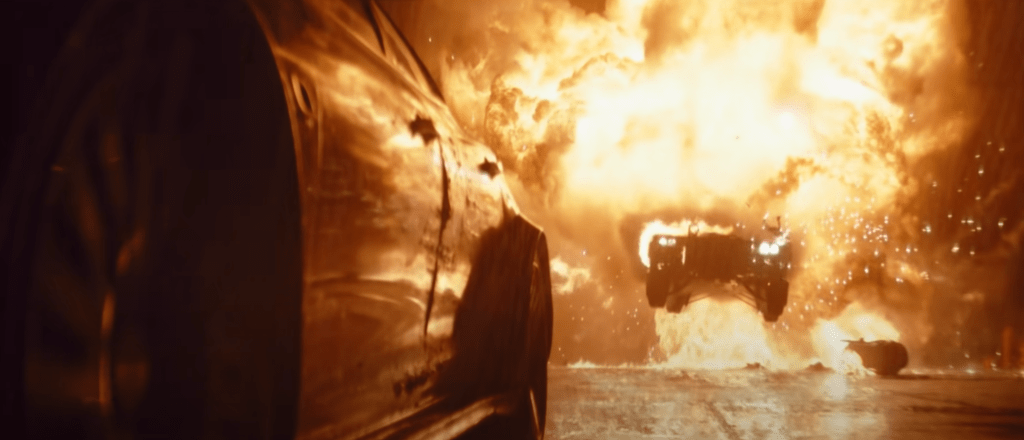
The real kicker is just how real that sequence is; “We actually did jump the Batmobile through the fire like that shot’s real, that’s not a CG shot,” Reeves reveals. “That’s one of those things, I’m always assuming that people will see it and they’re gonna go like, ‘Oh, you know what? That that’s just a CG shot. Cool, whatever.’ But that shot when you’re looking his in the Maserati, in that sort side mirror and a bat mobile is coming through flames, we did that.”
Are you excited to everything The Batman has to offer? Share your thoughts in the comment section or send them my way on Instagram. The Batman hits theaters on March 4.

